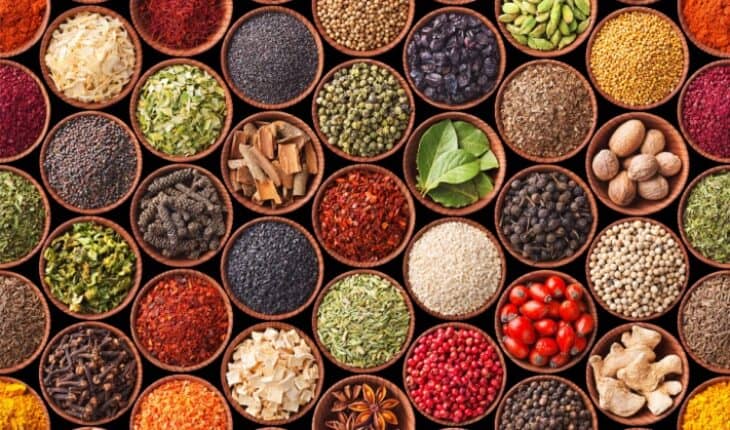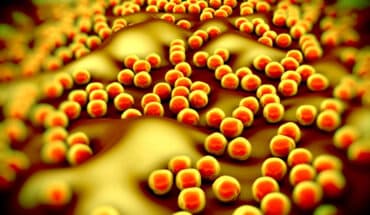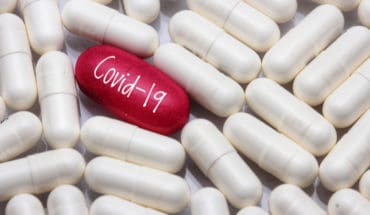Kitchen spices such as turmeric and black pepper could revolutionise wound dressings: Nano-fibres made from everyday kitchen spices are being spun in the biomedical and tissue engineering laboratory at the University of Bradford to create advanced wound dressings.
The fibres, which are finer than spider silk, are being made from turmeric, black pepper, curry leaf, cinnamon and cloves, among others spices.
Tissue engineer Dr Behruz Khaghani, from the Faculty of Engineering and Digital Technologies, mixes molecules extracted from plants with a bio-resorbable polymer (that dissolves harmlessly into the body) to create a jelly-like liquid.
This is then squeezed into an electro-spinning machine, which requires up to 20,000 volts to create a mesh of nano-fibres. It is hoped that because the fibres are plant-based, they will have little or no side effects compared to chemical-based drugs.
Dr Khaghani said: “The fibres create a mesh (scaffolding) which can then be applied to wound dressings to treat a range of conditions but in particular, diabetic ulcers that are otherwise hard to heal.
“The plant extracts we are using have antimicrobial and anti-inflammatory properties, and during tests they have the same effect on the wound site as conventional drugs – the main difference is, these all come directly from plants. One great advantage is these compounds appear to have similar effects to some chemical-based drugs but without side-effects.
“Another advantage is that, depending on the type of disease, we can tune the bioactivity level of these extracted molecules and bioactivate at a certain level to treat the diseases, for example by tailoring them to treat diabetic foot ulcers without causing any harm to the surrounding tissues.
“Still another plus is they are cheap and easy to handle.”
Plants being investigated for their healing properties include murraya koenigii (curry leaf), tridax procumbens (daisy), cinnamomum verum (cinnamon), syzygium aromaticum, (cloves), coccinea grandis (tropical vine), argemone Mexicana (Mexican prickly poppy) and piper nigrum (black pepper).
Dr Khaghani said the healing properties of some of the plants they were using to source molecules have long been used in traditional medicines, particularly in countries such as India.
He added: “I did research on curcuma longa (turmeric) and other spices about eight years ago. These have long been used in places like India in traditional cooking and also medicines.
“When you combine certain plant extracts, it can change the properties of molecules. A good example is combining ground black pepper with turmeric – the black pepper activates the turmeric, giving it its antibacterial and anti-inflammatory qualities.
“At the moment, we have tested them on cells in the laboratory, and we are in the process of preparing some academic papers, before we move to animal testing.”
The project has already attracted £40,000 in funding, comprising £10,000 each from the British Council, University of Bradford, Karnataka State Higher Education Council and Gulbarga University, both in India.
In December 2023, Dr Khagani presented his research at the International Conference of Recent Advances in Bio-Nano Composites For Enhancing Human Health.
The science
According to Dr Khaghani, the antimicrobial and anti-inflammatory effects of bioactivated curcumin controls some growth factors known as the transforming growth factor-beta (TGF-beta) and platelet-derived growth factor (PDGF), both of which assist with the process of preventing some harmful and producing other beneficial molecules and proteins during wound healing.
It also decreases and controls the level of harmful processes known as reactive oxygen species (ROS) and nuclear factor kappa B (NFKB), both of which at high levels have a negative impact on our immune system by increasing tissue inflammation.
- Combination of drugs could prevent thousands of heart attacks - 21st April 2025
- UQ Study Links Poor Teen Diets to Heavy Social Media Use - 21st April 2025
- Gut microbiome could delay onset of type 1 diabetes - 3rd April 2025






